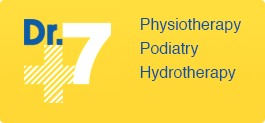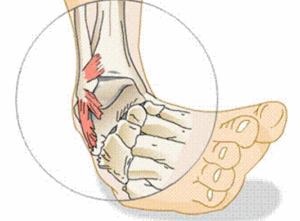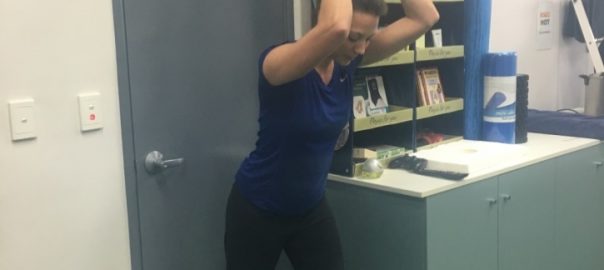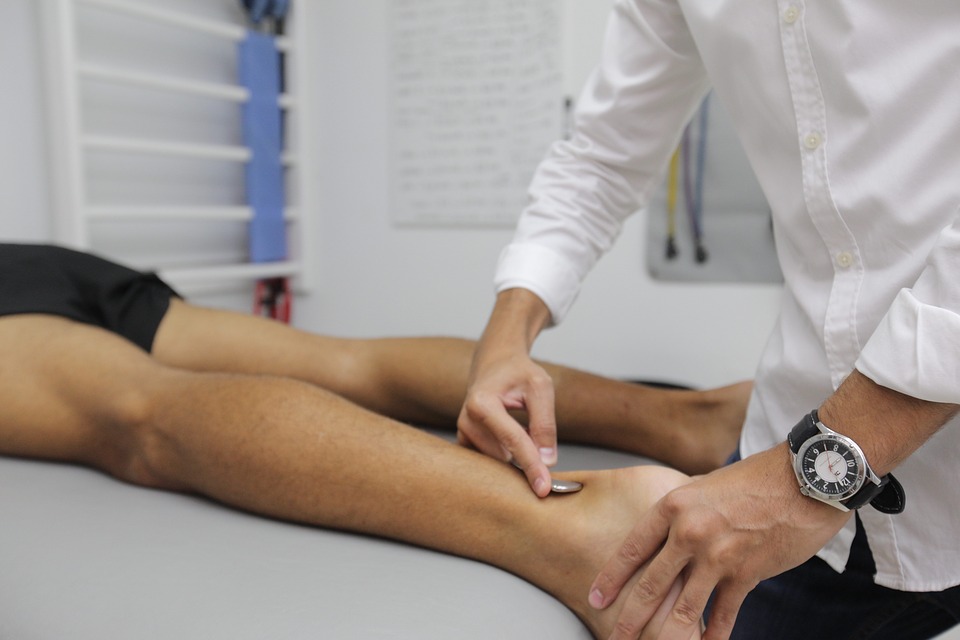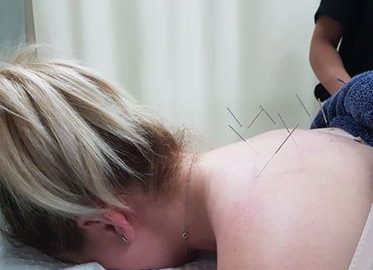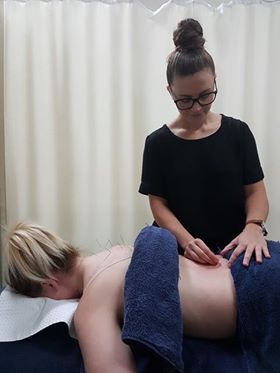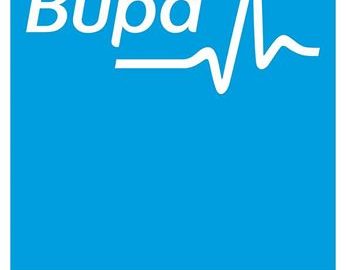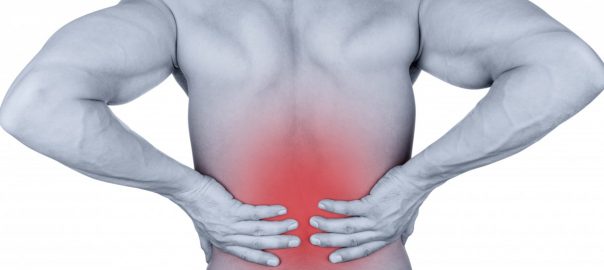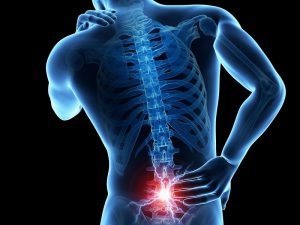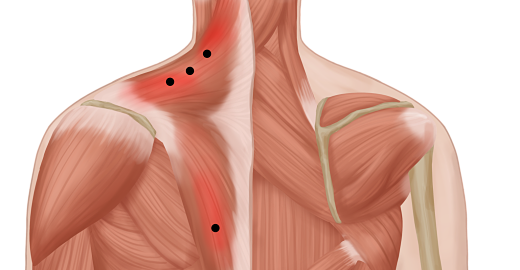ANKLE SPRAIN:
Lateral ankle sprains are one of the most common sports injuries presenting to Dr7 Physiotherapy and Podiatry Yokine. We provide Physiotherapy and Podiatry services to Yokine, Dianella, Joondana, Tuart Hill, Osborne Park, Coolbinia, Mount Lawley, Bedford, Inglewood, Balcatta, Stirling, Nollamara and surrounding suburbs and are extremely experienced in managing your rolled ankle.
In this area we have a large proportion of young people participating in competitive sports such as netball, basketball, soccer and football. These are all sports that have a high incidence of ankle sprain due to the volume of running, jumping, pivoting and twisting movements necessary.
A lateral ankle sprain occurs when the ankle is forced into an internally rotated position past it’s normal range. Usually this occurs while changing direction, pivoting or twisting during competition. This causes the ligaments on the outside of the ankle – the anterior talofibular ligament (ATFL), posterior talofibular ligament (PTFL) and calcaneofibular ligament (CFL) – to become stretched and torn. These ligaments serve two main functions:
- Act as passive restrictions to limit excessive movement of the ankle joint
- Play an important role in proprioception. Proprioception is the body’s ability to sense the position of a joint, which helps with balance and stability

The extent of the injury can vary depending on how many ligaments are affected and the severity of injury to each ligament. When these ligaments are damaged it triggers an inflammatory response from the body. Inflammatory cells are rushed to the site of injury and the foot becomes swollen, red and painful. After injury the person is likely to experience:
- Pain: around ankle, foot and/or leg
- Inability to weight bear (standing, walking, running)
- Swelling, heat and redness around the ankle, leg and/or foot
- In the days following injury swelling can increase and bruising may start to appear around the ankle, leg and foot
Management of Ankle Sprain:
An ankle sprain is almost always managed conservatively (non-operatively). The goal of treatment here at Dr7 Physiotherapy and Podiatry Joondanna is to reduce inflammation, restore normal movement, and then improve strength and proprioception in the later stages of recovery to facilitate a safe return to sport.
Initially treatment consists of:
- Rest: restrict weight bearing activities such as standing, walking, running
- Compress: bandaging to apply pressure around the ankle helps restrict further swelling. In severe cases you may require a cam boot to immobilise the ankle
- Ice: applying ice to the affected area for 20 minutes at a time, with at least 40 minutes in between applications
- Elevate: Raising the ankle above the level of the heart helps reduce swelling to the area
- Physiotherapy: your Dr7 Physiotherapist can provide additional treatments including ultrasound, massage, mobilisations, hydrotherapy, taping and exercises to facilitate a quicker recovery following acute inflammation.
Following the initial phase of inflammation, your Dr7 Physiotherapist will prescribe you with a set of exercises to restore normal movement, improve muscle strength and proprioception of the ankle. This is the most important part of your recovery as it drastically reduces your chances of re-injuring the ankle. Your exercise program will be specifically tailored to you based on your specific injury and sport. Your Dr7 Physiotherapist will then ‘coach’ you through the return to sport phase by giving advice on when to return to running, returning to agility exercises, returning to training and eventually returning to competitive play.
Returning to Sport:
Once you have completed a rehabilitation program and are ready to return to play you may need to consider whether to tape/brace during training and games. Taping/Bracing provides support and passive restraints to extremes of movement, as well as assisting with proprioception around the ankle. In moderate to severe cases where ligaments are very stretched and torn there may be ongoing laxity in the ankle, meaning that taping/bracing is recommended for future games. It is also important to continue with stability and balance exercises going forward to prevent future injury.
If you have any questions regarding ankle sprains or other injury don’t hesitate to contact Dr7 Physiotherapy and Podiatry Tuart Hill for a consultation.
How to book an assessment with our qualified physiotherapists
There are 2 ways in which you can secure an appointment at Dr7 Physiotherapy and Podiatry.
- Call (08) 9349 1777 to speak with one of our friendly receptionists to book an appointment.
- Book an appointment online through Health Engine. This is located on our website com.au. Simply click “book an appointment” and you will be guided through the steps.
Dr7 Physiotherapy and Podiatry provides services to Yokine, Dianella, Joondana, Tuart Hill, Osborne Park, Coolbinia, Mount Lawley, Bedford, Inglewood, Balcatta, Stirling, Nollamara and surrounding suburbs.
